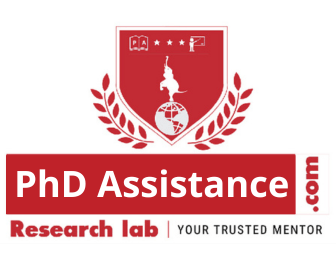A Fundamental exploration on TinyML- for Beginners
Task
The task is the main problem or the issue that needs a solution- the final output, whatever it could be.
Experience
Experience is the existing knowledge or historical data on the problem.
Performance
Performance is the ability to compute the task that is assigned to the model. This may vary depending on the resource constraints of the computing model.
|
Supervised Learning |
Unsupervised Learning |
|
The models are trained on labelled datasets only to familiarise them with the mapping process. These labelled datasets have input and output factors; the models learn the mapping procedure. It can |
In an unsupervised learning process, the data are unlabelled to help them find patterns and similarities. This makes them discover insights on their own. The disadvantage is the unreliability of their output. |
Model Training and Deployment
Training of the Tiny ML model goes through the following steps to be implemented on devices with limited computing capability.
Data collection
This stage involves data acquisition, where data from various sources is acquired and labelled for the supervised learning process, followed by cleansing, which includes removing the noise and missing values from the data.
Model training
In model training, different parameters inside the models, such as TensorFlow, PyTorch, or Keras, are used to enable the model to learn patterns and relationships from the training data. Some of the measures are to perform checks on validation datasets, optimize hyperparameters, and solve problems such as overfitting.
Optimizing the model
Validation includes the error rate as well as the measures of accuracy and recall. This can be done using cross-validation. The optimization steps consist of tuning from the evaluation feedback and cutting down on the model and computations.
Reducing the size
The quantization method is used to convert the model to lower precision formats (8-bit integers) using several TensorFlow Lite tools, followed by the conversion of the model into (.tflite) format, specifically for embedded systems.
Last of all, firmware equipped with an integrated model is released, and constant checking and improvement are performed to achieve higher efficiency and interact with new data.
|
Practical Applications |
Future Trends |
|
Smart Sensors: Temperature, relative humidity, and air quality are measured in gadgets, which in turn send back data for smart homes, industries, and hospitals. Wearables: Fitness trackers and smartwatches gather health information, track the exercise routine, and provide useful insights into well-being and security. Smart Cities: Smart systems improve the city’s infrastructure, make traffic control more effective, and improve overall lifestyle. |
AI-Enhanced Analytics: The higher level of artificial intelligence will improve data interpretation of sensors and wearables, which makes predictive analysis and personalized results better. IoT Integration: The concept of the Internet of Things (IoT) is expected to grow in the future, which will facilitate better interaction among devices, thus upgrading its interaction facility in many fields. Biometric Advancements: Newer technological systems like fingerprints, face recognition, and such will present more secure and natural interfaces in devices and systems. |
TinyML is changing the landscapes of various industries through real-time data and automation. While it uplifts Devices and technologies at a faster pace, staying ahead in your research becomes mandatory. Embrace the future with our expert guidance. Our dedicated PhD Assistance team is here to help you navigate these advancements and make you exceptional in your research progress.
Transform your research journey and make impactful contributions to your field of study. Contact us for unparalleled support and reach new heights.

